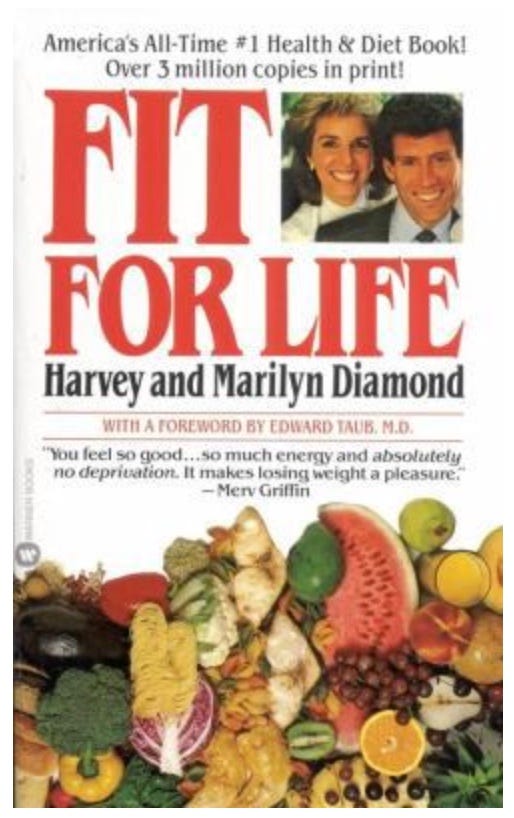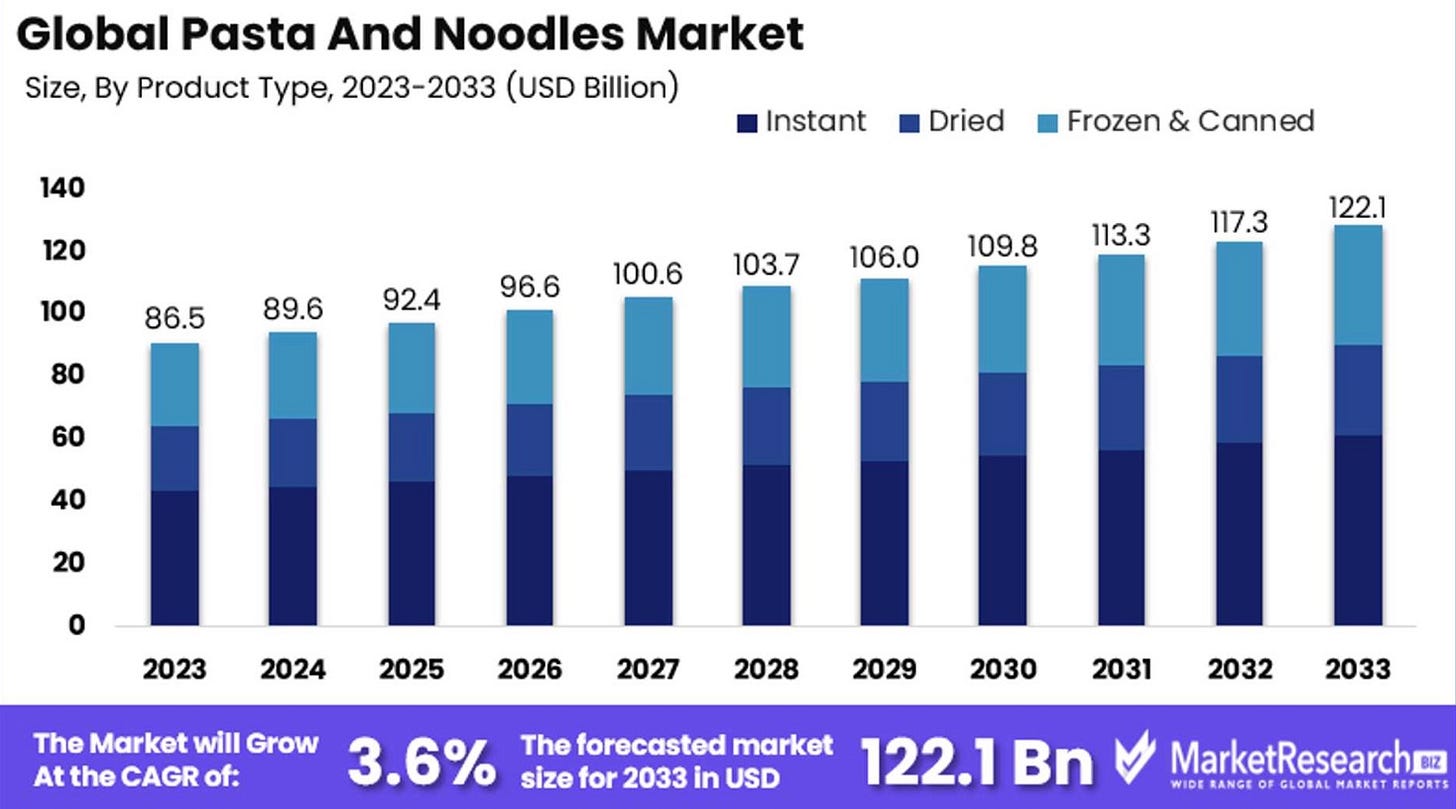Blame the New York Italians
How one immigrant shortcut rewired America’s gut—and appetite—for the worse.
Mr. Skeptical shakes his head after reading the title and says, “You’ve got a lot of nerve blaming an older immigrant population like the New York Italians. Aren’t your parents Cuban immigrants?”
“Yep, and typical Cuban food is also often a disaster for digestion as well.”
Subconscious Fat at 30,000 Feet
There’s a quiet kind of genius in the way traditional cuisines evolved. They weren’t just about taste—they were about timing, digestion, and chemistry long before anyone knew what “gastric pH” even meant.
Take spaghetti and meatballs. The quintessential Italian-American comfort food. Except—it’s not really Italian. In Italy, meatballs (polpette) were usually small, eaten alone or in broth. Pasta was a separate course. The two didn’t meet until Italians came to America and were told by their new, hungry neighbors: “We want more food.”
So they combined them. Protein plus starch. Acid plus alkaline. Heritage plus convenience.
Mr. Skeptical adds, “Ah, yes, the American way: if two things taste good separately, mash them together and call it progress.”
“You joke, but that small cultural fusion might tell us more about modern health than we realize.”
Subconscious Fat at 10,000 Feet
In 1985, a book called Fit for Life by Harvey and Marilyn Diamond came out, making a radical claim: stop mixing proteins and carbohydrates in the same meal. The reasoning was physiological—carbs require alkaline digestive juices, proteins require acidic ones, and when you combine them, you neutralize both and end up digesting neither very well.
Mr. Skeptical folds his arms. “Is there science to back that up, that their claim was true?”
My eyes narrow in on him. I hate it when he asks irritating and inconvenient questions. So I give my knee-jerk reaction when science can’t prove something I suspect is true.
“There’s no money to be made supporting that type of research. It would be too expensive. Who’s going to make money off of it? You can’t patent food combining like you can a pharmaceutical drug.”
“Well, I eat spaghetti and meatballs together and I don’t have an issue.”
I admit I feel defeated, but he’s right: not everyone reacts the same way I used to. But then I remember I can ask ChatGPT, and it spits out.
A 2011 study in the American Journal of Clinical Nutrition found that mixed macronutrient meals (carb + protein + fat) significantly slowed digestion and gastric emptying compared to carb-only meals. For someone with a sensitive stomach, that slower process can feel like “indigestion.”
A 2019 paper in Nutrients showed that individuals with IBS (irritable bowel syndrome) reported more symptoms when mixing complex meals, likely because of enzyme timing, fermentation, and gut motility changes.
A 2023 study in Frontiers in Nutrition found that while total calorie intake mattered more than “food combining,” participants who ate simpler meals (fewer macronutrient combos per meal) reported less bloating and post-meal fatigue.
Feeling victorious, I add, “I remember feeling indigestion every time I mixed proteins and carbs. Meatballs and spaghetti made me feel like my stomach was a cement mixer. After reading Fit for Life, I tried separating foods—protein meals, then carb meals later—I lost weight, felt lighter, and noticed I didn’t need to unbutton my jeans halfway through dinner.”
Mr. Skeptical tilts his head. “So you’re saying spaghetti and meatballs were sabotaging your six-pack dreams?”
“Let’s just say it wasn’t helping.”
Subconscious Fat at Eye-Level
Here’s where it gets interesting. Digestion isn’t just chemical—it’s psychological. Your gut responds differently based on expectation and stress. The sight and smell of food can alter gastric secretions before you even take a bite.
When traditional Italians sat for multiple courses, the brain and stomach worked in sync. The meal had rhythm. Protein, then starch. Acid, then alkaline. Each stage got the right enzymes at the right time.
In America, that rhythm turned into a race. Bigger plates, faster eating, protein and carbs piled together. And over decades, that’s reflected not just in waistlines but in chronic digestive fatigue.
The larger point: when culture ignores biology, biology eventually protests.
Mr. Skeptical adds, “So the real villain isn’t pasta—it’s impatience?” He does that dismissive little hand wave, like he’s shooing away a fly.
“Impatience is part of it, and the belief that more is always better.”
Practical Suggestions and Conclusions
For men over 40, I suggest skipping the pasta altogether. That way, you’ll eat more protein.
Mr. Skeptical interrupts, “But don’t meatballs have some wheat in them anyway?”
“Yes, most of them do. Especially here in the US. However, traditional Italian meatballs were often made with only meat, eggs, and cheese.”
“So the secret to better digestion is… don’t eat like an American?”
“You said it, not me.”
Every food tradition carries its own hidden wisdom—until we industrialize it. The pairing of spaghetti and meatballs wasn’t born out of culture; it was born out of appetite. Sometimes, returning to the old rhythm—separate, slower, simpler—isn’t nostalgia. It’s biology.
Be aware.
Other links related to this post:
The Romans Had a Technology Superior to Ours
PS Links on LinkedIn, Facebook, Instagram, X, and Notes. Full disclosure: ChatGPT was used to research and enhance this post.







Nice 😎